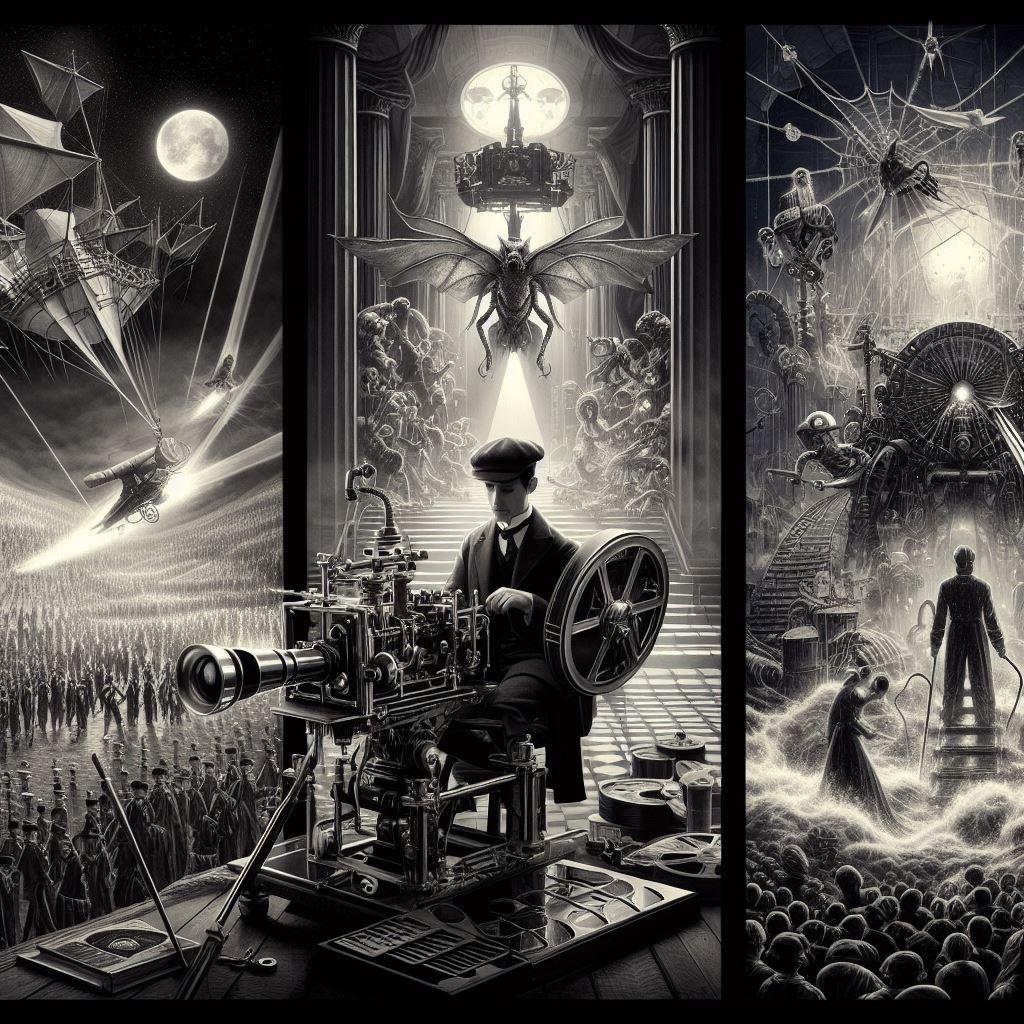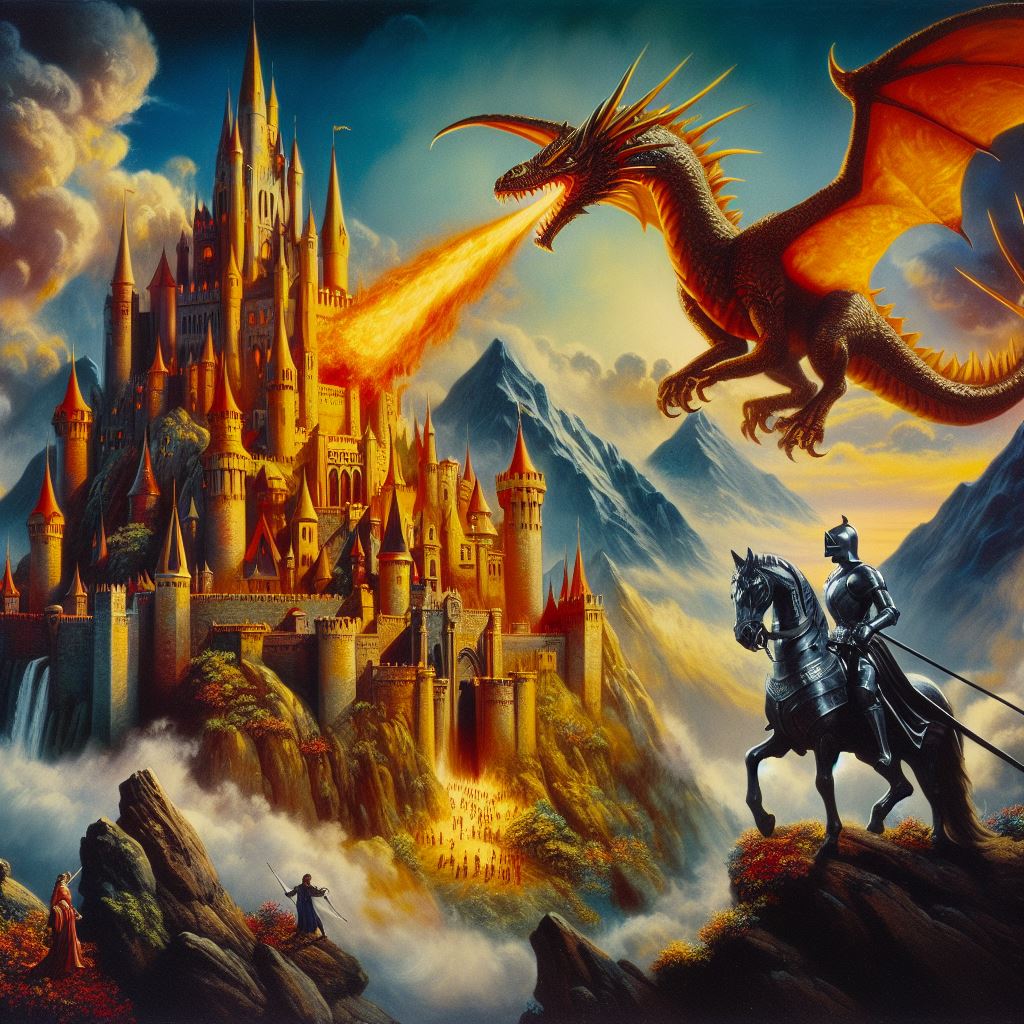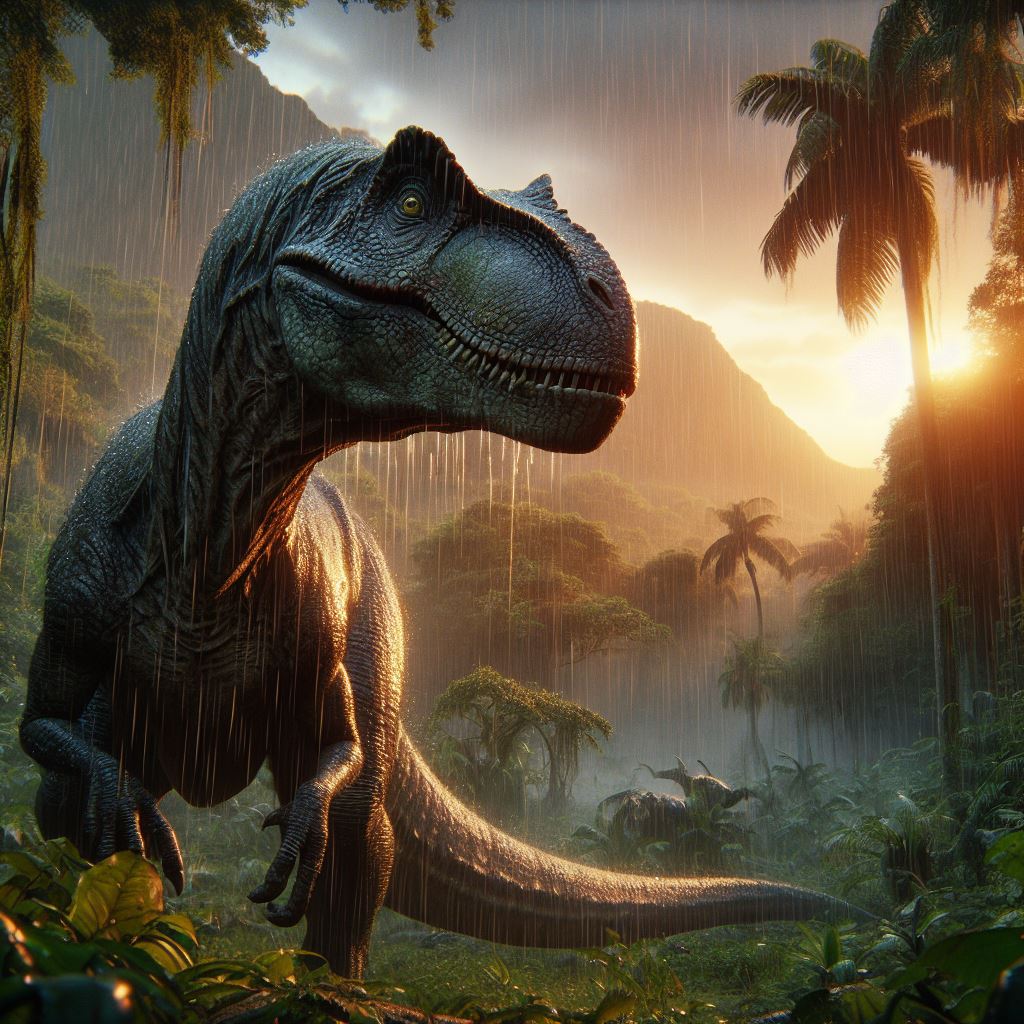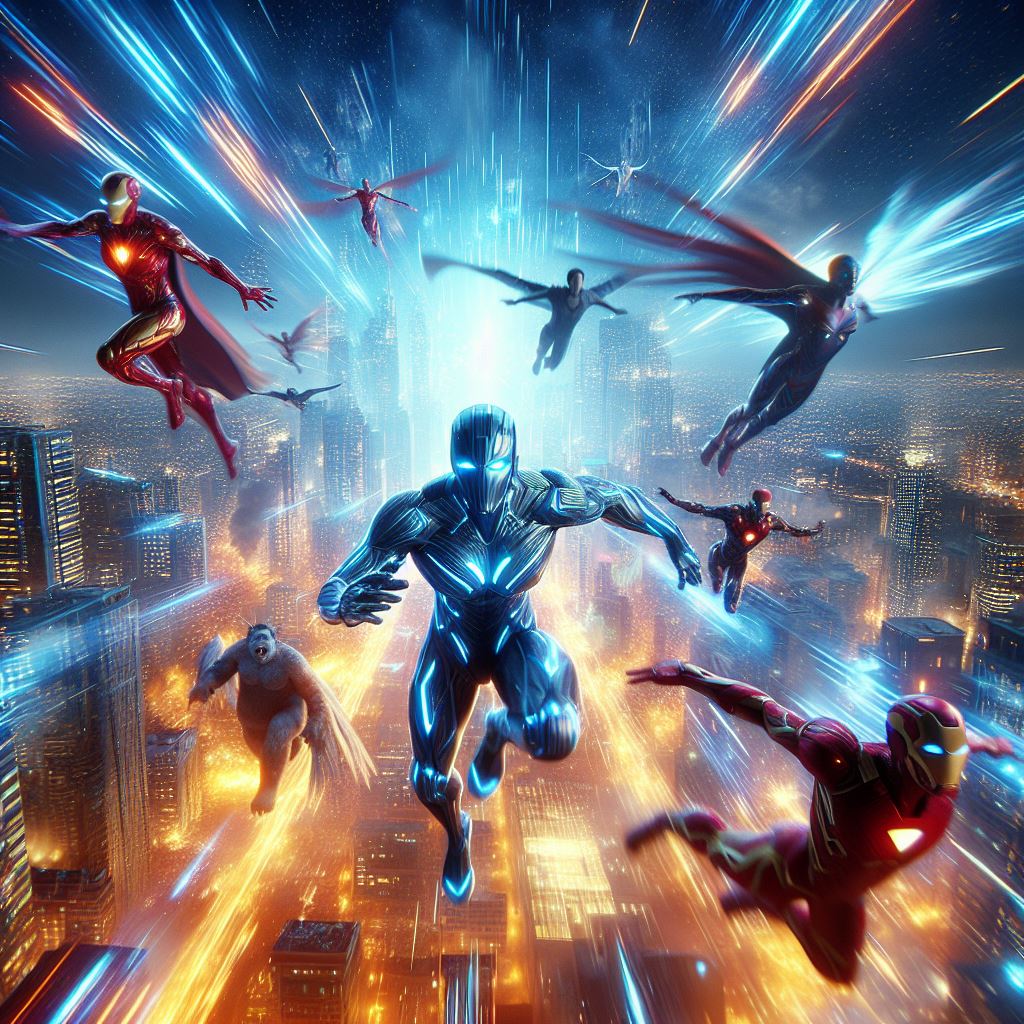The Evolution of Special Effects in Cinema: From Practical Effects to CGI Marvels:

Exploring the Spectacular Evolution of Special Effects in Film
Special effects have always been an integral part of filmmaking, captivating audiences with their ability to transport viewers to fantastical worlds, create breathtaking action sequences, and bring imaginary creatures to life. Over the decades, the techniques and technologies behind special effects in cinema have undergone a remarkable evolution, revolutionizing the way stories are told on the silver screen. From the early days of practical effects to the CGI marvels of today, the journey of special effects in cinema is nothing short of extraordinary.
The Early Days: Practical Effects and Optical Illusions
In the early years of cinema, filmmakers relied heavily on practical effects and optical illusions to create visual spectacles on screen. One of the pioneers of practical effects was Georges Méliès, whose groundbreaking work in films like “A Trip to the Moon” (1902) showcased the possibilities of using practical effects to create magical worlds and fantastical creatures. Techniques such as forced perspective, matte paintings, and miniatures became staples of early filmmaking, allowing filmmakers to create grandiose sets and breathtaking landscapes on a limited budget.
As technology advanced, so too did the techniques used in special effects. The introduction of techniques like stop-motion animation, pioneered by Willis O’Brien in films like “King Kong” (1933), opened up new avenues for filmmakers to bring creatures and monsters to life on screen. Meanwhile, optical effects such as rear projection and matte shots allowed filmmakers to seamlessly blend actors with fantastical backgrounds, creating the illusion of impossible worlds and epic battles.

The Golden Age of Practical Effects: Innovations and Advancements
The golden age of practical effects dawned in the latter half of the 20th century, marked by a flurry of innovations and advancements that pushed the boundaries of what was possible on screen. Filmmakers like Ray Harryhausen became synonymous with groundbreaking stop-motion animation, bringing iconic creatures like the Cyclops in “The 7th Voyage of Sinbad” (1958) and the skeletons in “Jason and the Argonauts” (1963) to life with unparalleled realism and detail.
During this era, practical effects reached new heights of sophistication, thanks in large part to the ingenuity of special effects artists and technicians. From the groundbreaking prosthetic makeup effects in films like “The Exorcist” (1973) to the intricate miniature work in “Blade Runner” (1982), practical effects became an essential tool in the filmmaker’s arsenal, allowing for greater immersion and realism in storytelling.
The Rise of CGI: From Jurassic Park to Avatar
While practical effects continued to thrive, the emergence of computer-generated imagery (CGI) in the 1990s heralded a new era in special effects, forever changing the landscape of filmmaking. Steven Spielberg’s “Jurassic Park” (1993) stunned audiences with its groundbreaking use of CGI to bring dinosaurs to life, showcasing the potential of digital effects to create photorealistic creatures and environments.
In the years that followed, CGI became increasingly prevalent in Hollywood, enabling filmmakers to create larger-than-life spectacles that were previously impossible to achieve with practical effects alone. James Cameron’s “Avatar” (2009) pushed the boundaries of CGI even further, immersing audiences in the lush, alien world of Pandora with unprecedented visual fidelity and detail.

The Marriage of Practical and Digital Effects: Achieving Cinematic Magic
While CGI has undoubtedly transformed the world of special effects, many filmmakers continue to embrace practical effects alongside digital techniques, recognizing the unique qualities that each approach brings to the table. Christopher Nolan’s “Inception” (2010) masterfully combined practical effects with CGI to create mind-bending visual sequences that blurred the line between reality and dreams, earning the film critical acclaim for its innovative approach to visual storytelling.
Similarly, directors like Guillermo del Toro have championed the use of practical effects in their films, utilizing traditional techniques such as puppetry and animatronics to bring fantastical creatures to life in movies like “Pan’s Labyrinth” (2006) and “The Shape of Water” (2017). By marrying practical and digital effects, filmmakers can achieve a level of cinematic magic that captivates audiences and transports them to worlds beyond their imagination. Do Visit the movie blog website.

Pushing the Boundaries: The Future of Special Effects in Cinema
As technology continues to evolve at a rapid pace, the future of special effects in cinema holds limitless possibilities. Advancements in CGI, virtual reality, and augmented reality are poised to revolutionize the way stories are told on screen, allowing filmmakers to create immersive, interactive experiences that defy the boundaries of traditional filmmaking.
From the pioneering work of Georges Méliès to the groundbreaking achievements of filmmakers like James Cameron, the evolution of special effects in cinema is a testament to the power of creativity, innovation, and imagination. As audiences continue to demand bigger, bolder, and more visually stunning experiences, one thing is certain: the journey of special effects in cinema is far from over, and the best is yet to come.
